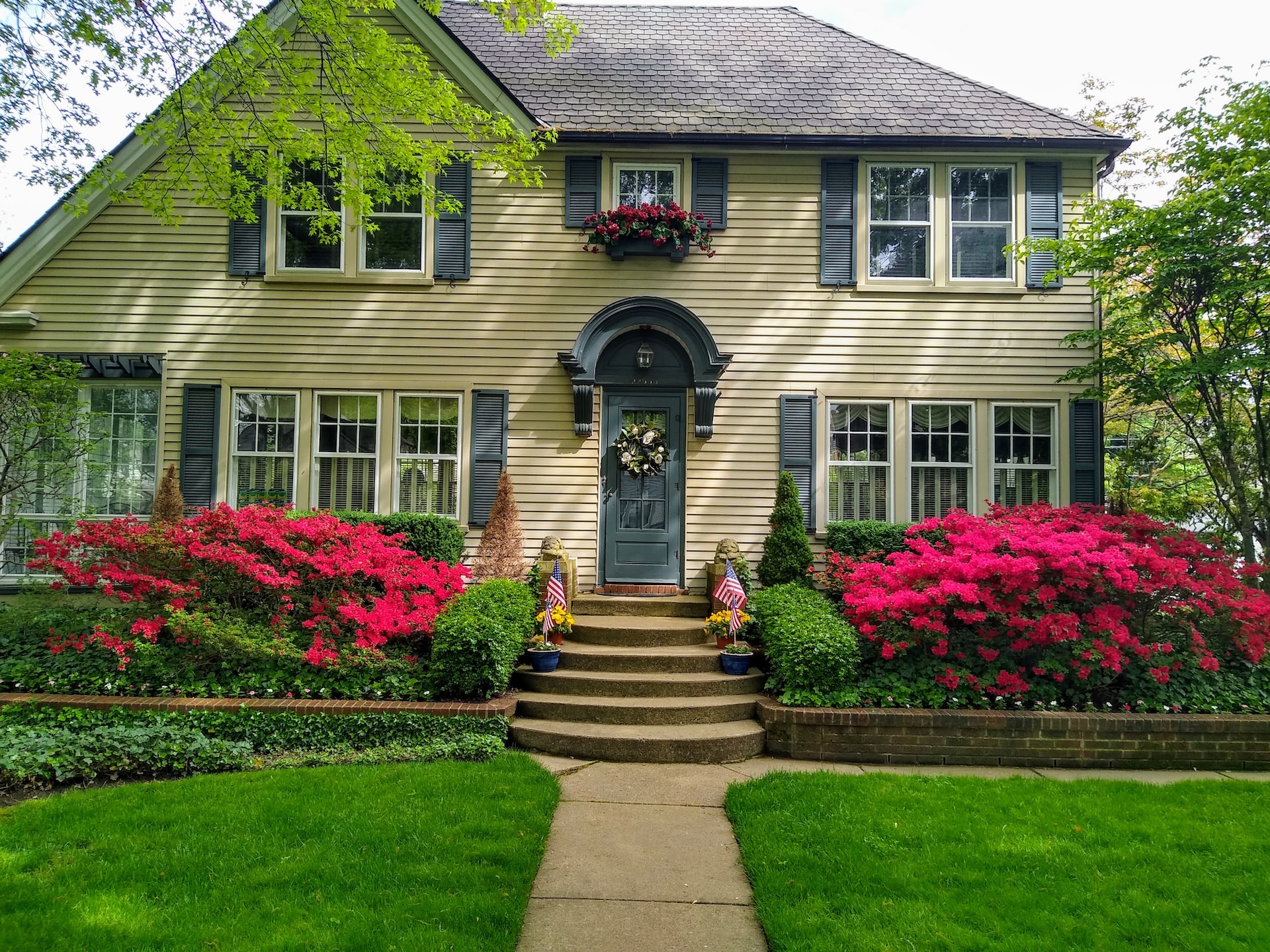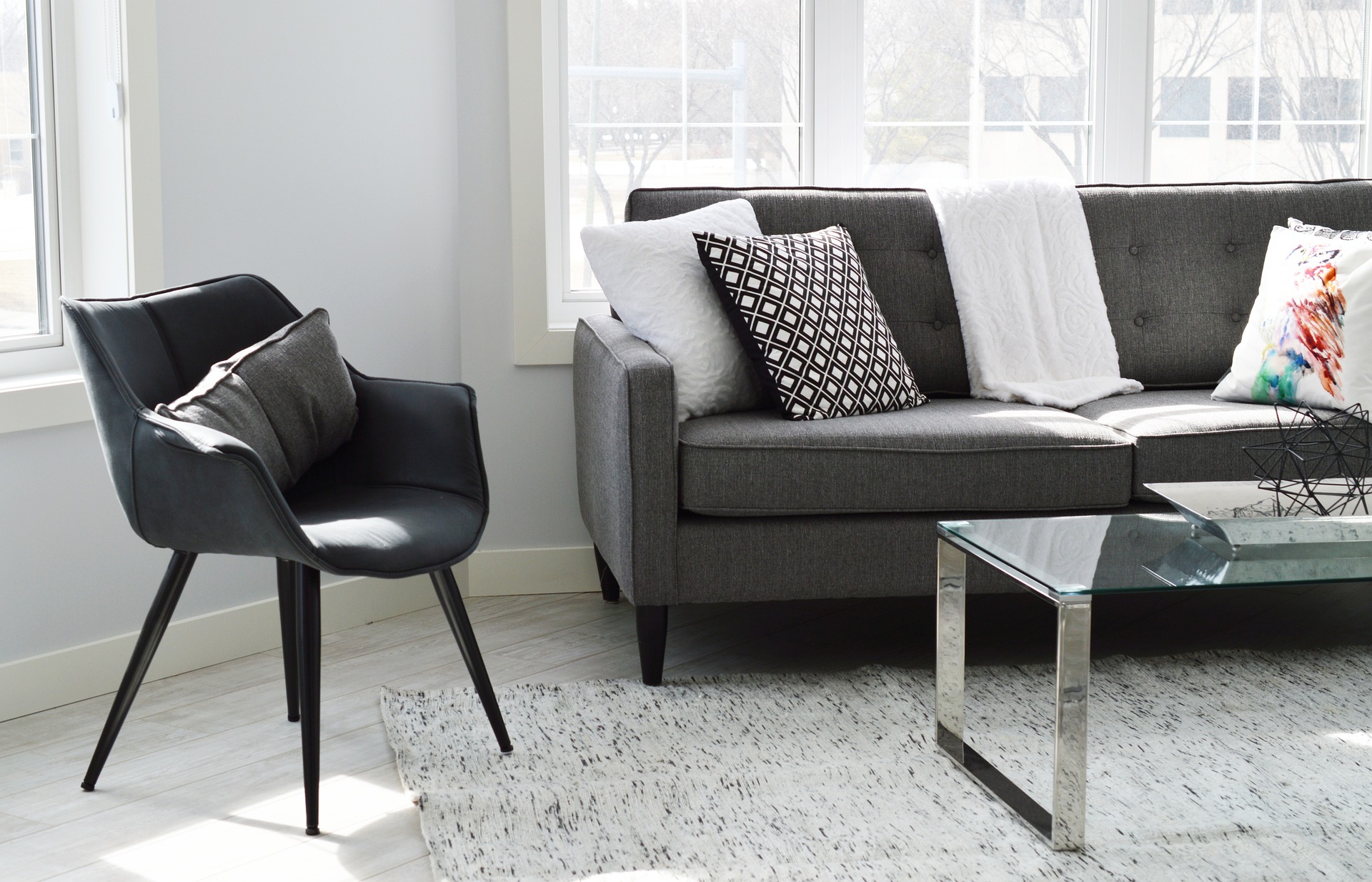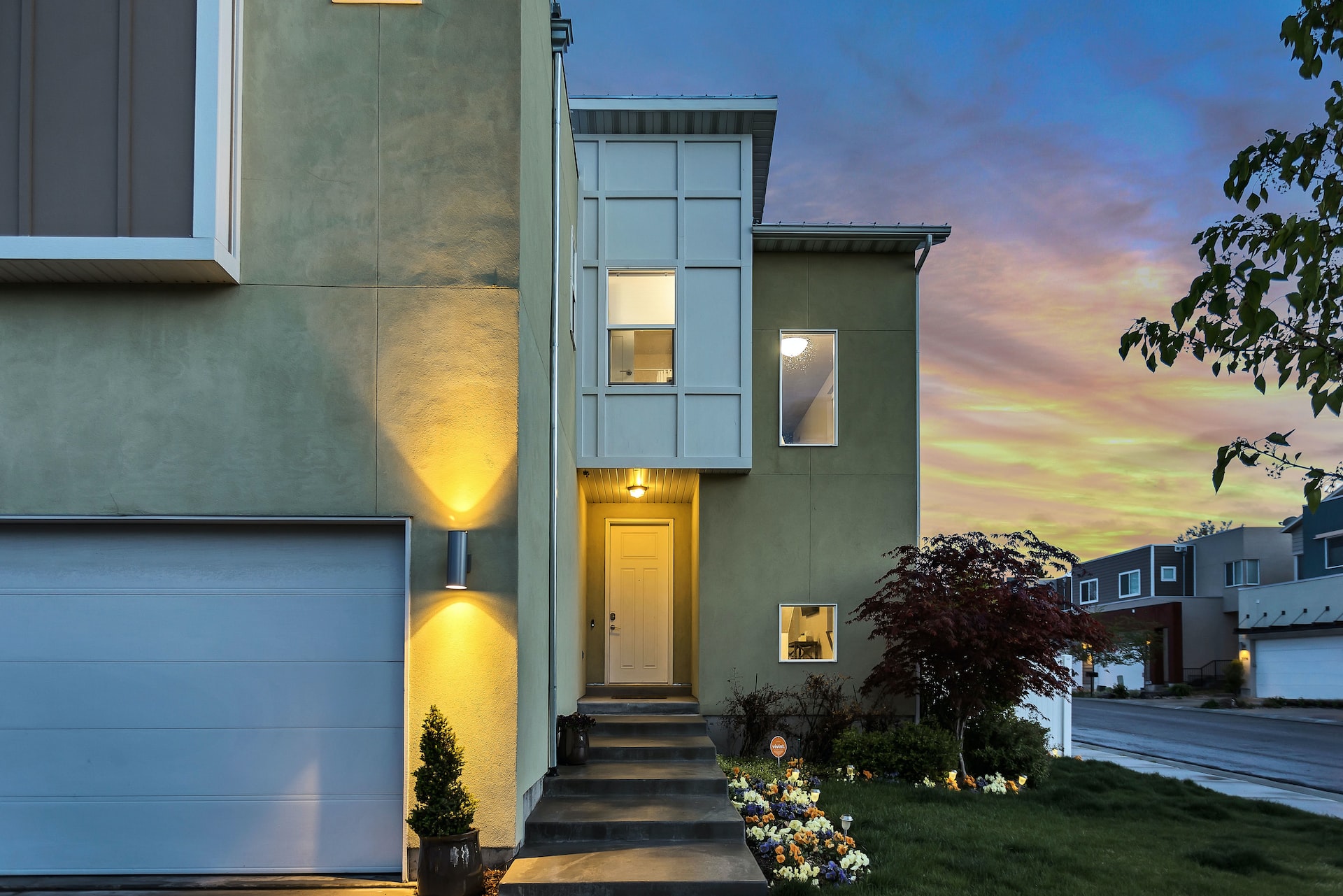Greenhouses are invaluable structures made to create a protected environment for growing tender plants and seedlings. They can help grow plants and fruits that would not survive the climatic conditions of a particular region. Take tomatoes and carrots as an example. Tomatoes are a summer crop and cannot grow in the cold, while carrots are exceptionally winter-hardy. So how do you provide for both simultaneously?
Choosing a suitable location for the greenhouse can help you grow just about any crop all year round and get the most out of your structure. Here are some key factors you must not overlook while building a greenhouse.
Sunlight Exposure
Since all plants need sunlight for photosynthesis to produce the energy and nutrients they need to grow, you must place your greenhouse in a place where sunlight can reach them directly. Without it, plants will only die out. Therefore, it is vital to site the greenhouse in a sunny spot where there are no buildings and trees casting shade over it.
While some leafy greens like spinach, kale, and lettuce are quite shade tolerant and can do with less sunlight, most other plant varieties are sun thirsty and thrive best under full sun. Accordingly, your greenhouse should ideally get full sun exposure throughout the day, especially when seedlings start to grow and need maximum sunlight. Not receiving adequate amounts of it could be detrimental as it will lead to slow growth and a low yield, with a minimum return on investment.
Foundation
Building the structure on a flat, stable piece of ground is vital and cannot be emphasized enough. It is critical to ensure that the greenhouse is not subject to shifting in the future by constructing it on land free from dips or any other interruptions in the terrain. The ground should be leveled and clear of rocks, stumps, or any other obstructions that may be a hindrance in constructing a stable foundation. It must also be well compacted with firm soil and graded to drain water.
Thus building the greenhouse on a base secured to the ground is paramount, so it does not start to settle later. If the structure becomes shaky, the entire greenhouse could lift off and cause a disaster. Besides saving you from costly reconstructions and repairs, creating the right foundation for your greenhouse will ensure that all the plants receive even amounts of water, soil, sunlight, and shade.
Accessibility
Unless you do not have any option, choose to position the greenhouse in a location that is within close walking distance to the house. It should provide easy access to carrying heavy soil bags, containers, fertilizers, and other gardening equipment. Remember, you will be visiting the greenhouse with these supplies regularly, and you do not want the trip back and forth to be a headache or a cause of back strain.
A location close by will also make it easier to nip out some fresh veggies or fruits as you go. Therefore, it is crucial not to overlook the convenience of accessing the structure.
Shading
The production and quality of crops in a greenhouse is strongly related to the environment they grow. While all crops need sunlight to thrive, there may be times when they would need protection from too much direct sunlight and extreme humidity. Overheating can have a detrimental impact on the plants and may cause them to die, making it is essential to remove the extra heat and control temperatures. If you are looking for shades or ventilation systems to protect your greenhouse from extreme heat, then you may order them from GreenHouses.com.
Water and Electricity
Another crucial factor while positioning a greenhouse is taking into account the electricity and water source. You would want to locate the greenhouse close to a power source so that you may run fans and heaters to control extreme weather conditions.
While you can use a hose to water plants in the greenhouse, it can be a tedious task. Consider installing an internal water system by having pipes installed underground to make the watering process more efficient. No matter what watering method you choose to adopt, it is essential to figure out how it will work well ahead of time to avoid problems during the installation process.
Wind Protection
If you live in an area with extreme weather conditions, protecting your greenhouse from it should be one of the factors at the top of your mind. As some greenhouses get constructed using glass, they are also more susceptible to damage from thunderstorms.
While all greenhouses are vulnerable to damage from a severe windstorm regardless of materials, there are some precautions you can adopt to mitigate the likelihood of it getting destroyed by gusty winds. You would want to position the greenhouse as such that it gets shelter from the winds. Also, situating fences and hedges to reduce the intensity of prevailing winds can help prevent any damage.
Choosing the optimal position to site your greenhouse will be a crucial determinant of your growing success and whether you can achieve the desired outcome from it. As most greenhouses are permanent structures, you want to get it right the first time and avoid any disappointments.






Leave A Comment